For one reason or another, many players often swim undetected in the consciousness of the NHL-consuming public when it comes to predicting a season’s standout performers. A player may be aging and past their prime, stewing in an untapped market, or lacking the pedigree typically carried by high draft picks. These narratives apply to the five individuals named on this list of the NHL’s most surprising players of the 2021-22 season so far, and each one has a unique story to tell.
This is the third entry in a four-part series exploring the NHL’s unanticipated show-stoppers at this point of the 2021-22 season. The previous two articles concerning the most disappointing NHL teams, and the most surprising teams can be found here.
Nazem Kadri, Colorado Avalanche
Love him or hate him (I’m certain a fair number of you lean in one particular direction), it must be said that Nazem Kadri has exceeded the expectations of even his most ardent supporters this season. The 31-year-old pest is on track to eclipse his previous career high of 61 points set in 2016-17 with the Toronto Maple Leafs, and has assumed Nathan MacKinnon’s role as the Colorado Avalanche‘s offensive talisman during the superstar’s recurring absences.
His surge in production sees him sandwiched between Alexander Ovechkin and Kirill Kaprizov as the fourth-highest scorer this season (38 points in 24 games), unfamiliar company for a player used to occupying middle-six roles in attack. Kadri’s scoring rate of 3.85 5v5 points-per-60 (P/60) is easily the most prolific pace of his career, and demonstrates that he’s not solely relying on the power play to boost his raw counting stats.
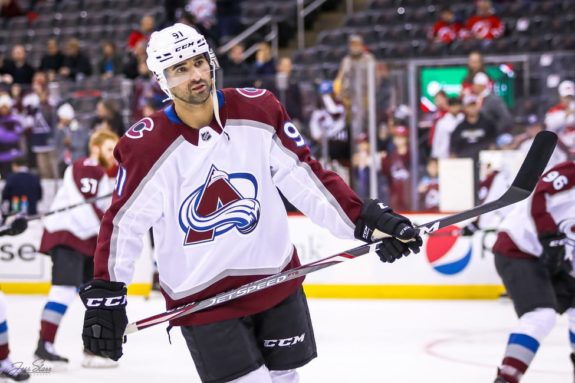
Where the uncertainty does lie is Kadri’s on-ice shooting percentage (OiSH%), which considers the success of every shot attempt made while a certain player is on the ice. If the value is too high, the player’s point totals could be inflated by abnormal finishing luck individually, or they could be benefitting from the success of their line-mates. It should be noted that the presence of elite shooting talent can occasionally result a higher than usual OiSH%, making it important to consider all of the facts before making a claim.
In any case, Kadri’s 5v5 OiSH% this season (13.6%) is the second-highest of his career, suggesting that a reduction in point production could be in the cards once his on-ice conversion settles into it’s more familiar range of 8-11 percent.
Additionally, Kadri likely doesn’t retain his luxurious spot in the lineup when the hamstrung Avalanche return to strength. However, Colorado boasts enough offensive weapons that the veteran pivot should maintain some semblance of his early scoring pace. Even if he cools down considerably, the pending unrestricted free agent (UFA) picked the most opportune moment to produce at a rate befitting a perennial Hart Trophy candidate, with a potential contract extension on the line.
Andrew Mangiapane, Calgary Flames
To those who knew where to look, Andrew Mangiapane‘s offensive eruption this season comes as no surprise. Long an advanced analytics darling, the diminutive forward is capitalizing on his elevated role where he’s primarily flanked Blake Coleman and Mikael Backlund at even-strength this year. He finds himself fourth on the Calgary Flames in scoring (20 points), and his 17 goals are tied for seventh league-wide.
Even though the deployment had yet to match his productivity, hints of hidden talent always peeked through the veneer. Mangiapane ranked 79th in 5v5 points-per-60 minutes among forwards with at least 1000 minutes played between 2018-2021, making efficient use of his limited ice time. If you assume that each team has around three first-line caliber forwards (three times 32 teams equals 96), Mangiapane was creating offense at a top-line rate for years.
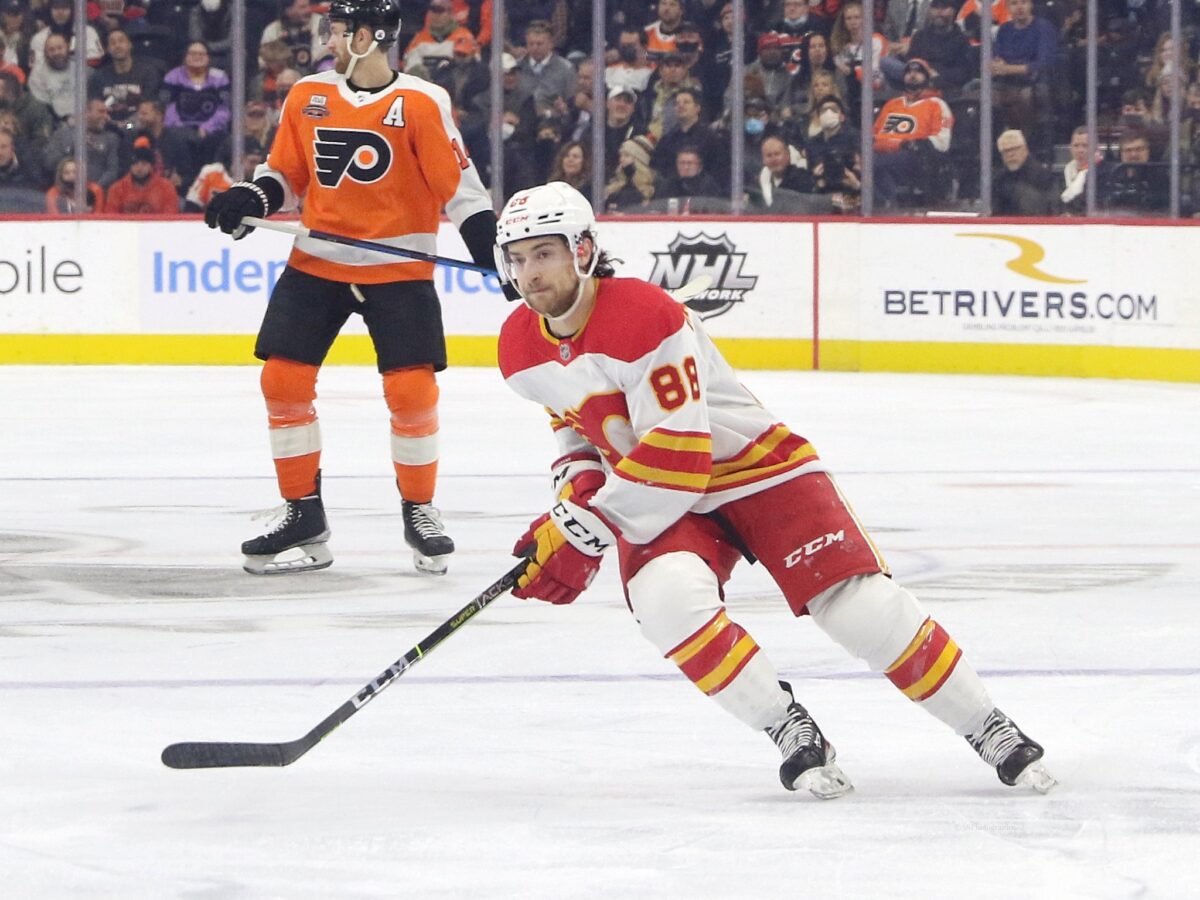
His inflated shooting percentage (SH%) of nearly 24% is unlikely to last the entire length of the season, but Mangiapane still ranks 30th in individual expected goals generated per-60-minutes (ixG/60). The strong underlying numbers indicate that his scoring total is more a product of good habits, rather than being an undeserving beneficiary of unsustainable puck luck.
Notably, Mangiapane isn’t just feasting on the power play. The pint-sized winger is currently tied for third in 5v5 scoring (10 goals) with a gaggle of notable marksmen including Auston Matthews and Nikolaj Ehlers. He had drawn subsequent buzz as a potential dark-horse pick for the bottom of Team Canada’s Olympic lineup prior to the NHL’s decision to pull out of Beijing. It’s unlikely that the Canadian executive team selected him ahead of other, more illustrious names, but it’s a badge of acknowledgment for the unheralded winger whose enjoyed wider recognition of his efforts this season.
Troy Terry, Anaheim Ducks
The Anaheim Ducks are one of the NHL’s biggest surprises nearly halfway through the season, and 24-year-old winger Troy Terry is a significant reason for the Californian outfits competitive renaissance. His 18 goals is good for fourth in league scoring, and he’s demonstrated a knack for eluding defenders and emerging undetected in opportune scoring areas (39th in 5v5 ixG/60).
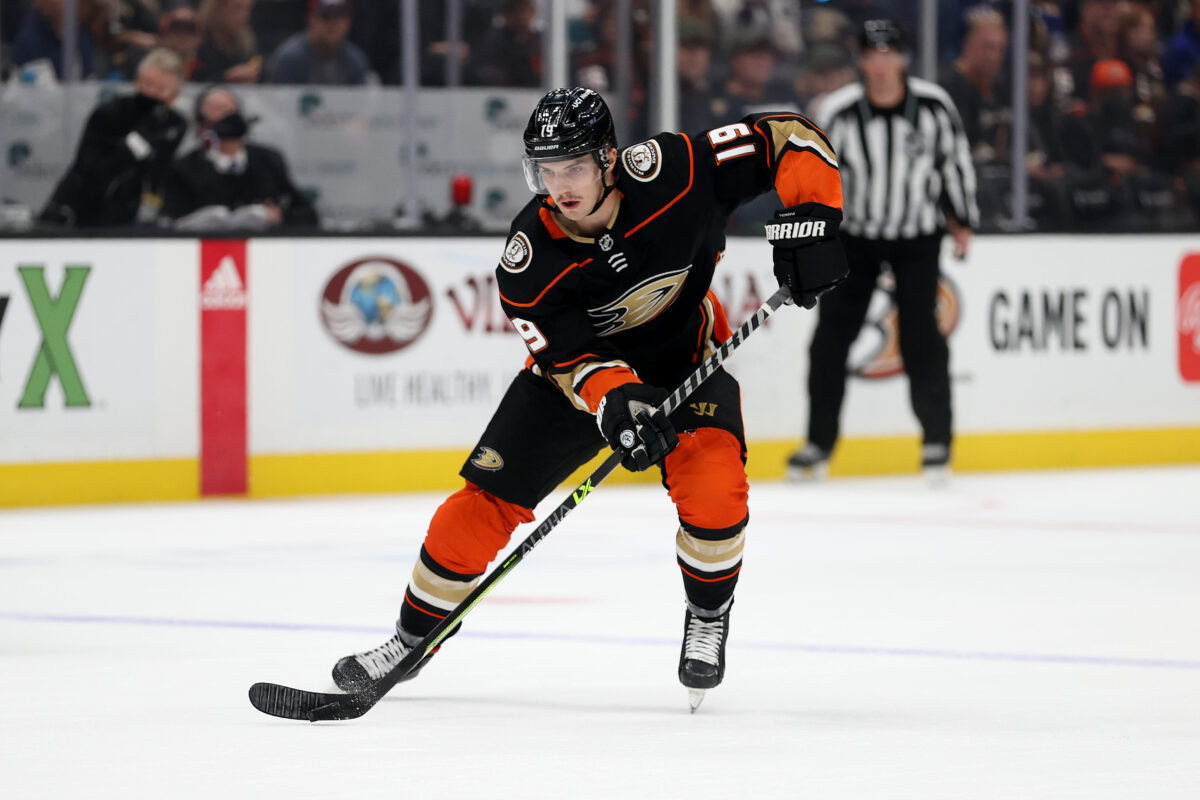
Terry’s latent value lies in his ability to draw an inordinately high number of penalties, the victim of the fourth-most minor infractions (16) among all NHL skaters this season. His five goals with the man-advantage paces the Ducks, the owners of the league’s fourth-most efficient power play at just over a 26 percent strike-rate. The rejuvenation of Ryan Getzlaf and the emergence of Trevor Zegras makes Anaheim a much more creative outfit, and Terry is thriving as a result of the rapid influx of offensive skill into the Ducks’ roster.
Related: 5 Ducks Who Probably Won’t Return Next Season
Like Mangiapane, Terry had garnered Olympic attention for his scoring outbursts, although he’d likely have had a stronger chance of cracking a slightly weaker American forward group than his Canadian counterpart. At 24, his peak years of production are yet to come, so the 2026 Olympics aren’t necessarily out of the question. Relatedly, All-Star voters can anticipate a difficult decision when it comes to naming Anaheim’s representative, as several individuals have contributed to their unexpected rise in the Western Conference.
Ryan Hartman, Minnesota Wild
After having already bounced around to what is now his fourth NHL franchise in only an eight-year career thus far, Ryan Hartman appears to have secured a more permanent residence with the Minnesota Wild. Hartman has assumed a more prominent role in the Wild offence in the aftermath of two sub-par opening seasons in the State of Hockey. He trails only Kirill Kaprizov in team scoring after generating 26 points in 30 games; a pace which, extrapolated over an entire season, easily surpasses his previous career-high. Despite a few recent bumps, Minnesota surprisingly tops the NHL’s Central Division through the Christmas break, and Hartman is an integral part of their success.
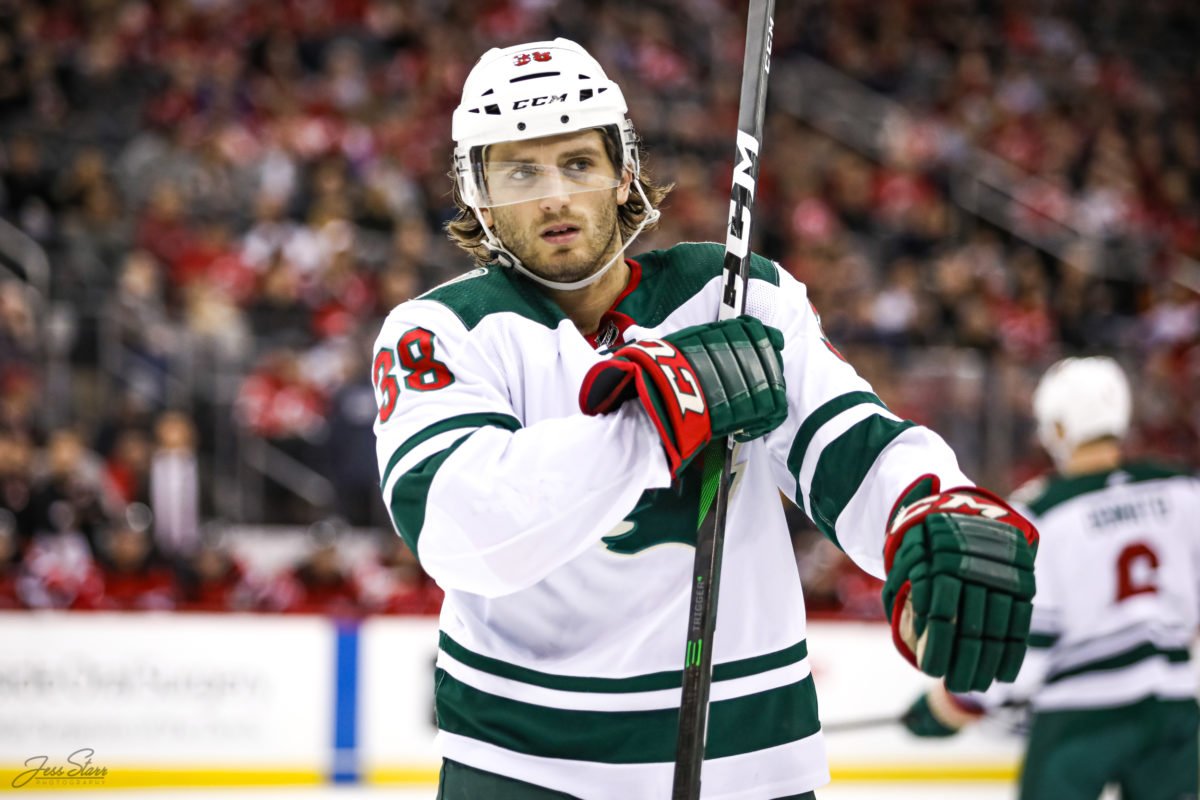
Yet, the Wild forward’s abnormally high 5v5 OiSH% does introduce concerns about his ability to maintain this current rate of production. There’s exists a happy medium as Hartman legitimately looks like an evolved player, attempting more shots (12.2 per-60) and creating more opportunities (0.92 ixG/60) than ever before. He has spent most of his ice-time alongside the electrifying Kaprizov, but it should be noted that. Of Hartman’s eight most common line-mates (including defensemen), none have posted stronger possession numbers when played away from the American. He could simply be a solid utility forward who usefully compliments his teammates best skills, but his results don’t lie – he’s the real deal.
Jonathan Quick, Los Angeles Kings
If we know anything about goaltending in the NHL, it’s that it’s voodoo, and predicting performance from year to year is a fool’s errand. Before this season, Jonathan Quick had not posted a save percentage (SV%) above .905 since the 2017-18 season, coincidentally the last time that the Los Angeles Kings featured in the Stanley Cup Playoffs. In this, his 15th year in the NHL, Quick appears revitalized in submitting the best SV% of his career (.930) to keep the Kings on the margins of the Western Conference playoff picture.
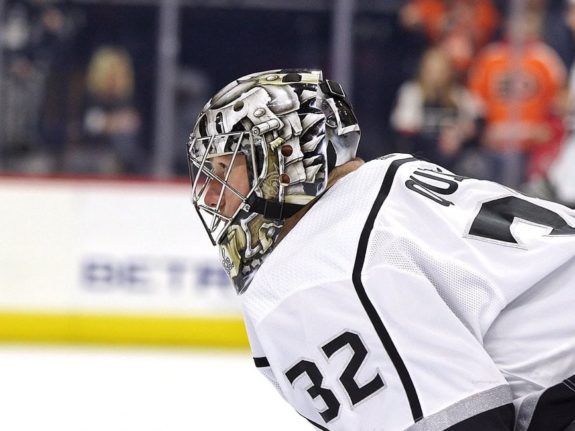
According to MoneyPuck, the American net-minder has prevented the second-most goals above expected (GSAx) in the league this season, and ranks first in GSAx/60 rate among goalies to have played in a minimum of 10 games. What’s more is that Quick has been unbeatable in traditionally prosperous scoring areas, posting a .855 SV% against high-danger chances in 5v5 play. The Kings concede the fourth-highest rate of such chances in the NHL, meaning their veteran keeper must stand on his head every night to secure even a single point in the standings.
Related: Breaking Down Kings’ Jonathan Quick’s Recent Resurgence
It’s been a while, but Quick has re-entered the Vezina Trophy debate, frequently resembling the man who back-stopped Los Angeles to two Stanley Cups in three years between 2012 and 2014. It’s unlikely, but snatching a surprise playoff berth for an ascendant Kings organization could give Quick some under-the-radar recognition in awards circles. After all, who doesn’t appreciate the narrative drama of a riveting redemption arc?
Data courtesy of Evolving Hockey, Hockey Reference, MoneyPuck, and Natural Stat Trick.
